With a groan and a twitch of my (somewhat bleary) eyes I reached over to turn my alarm off. Why is that infernal contraption going off? Surely it must be Saturday. Yesterday was Friday, so this must be the weekend?
Yes, my internal musings were correct, it was indeed the weekend. But this was no ordinary weekend, this is Historic Scotland’s Free Weekend Pass ‘event’*. A weekend in which you can get free access to all of Historic Scotland’s numerous buildings and attractions, all for the measly price of giving them your email address.
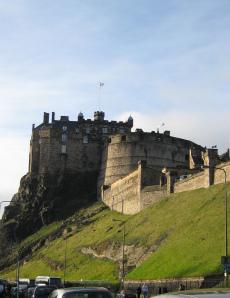
No matter where you are in Edinburgh you are never too far from a view of our most famous and recognisable monument. Perched upon an outlet of and extinct volcano – named, hugely imaginatively, Castle Rock – the castle sits aloft of the city, looking down on its inhabitants and to the hills or water (depending on which direction you look) beyond. It is (in a slightly stylised form) the symbol of Edinburgh, appearing on the city’s coat of arms amongst a whole raft of other emblems (including our rugby team’s logo and my old school’s coat of arms) and, of course, one of the UK’s most visited attractions.
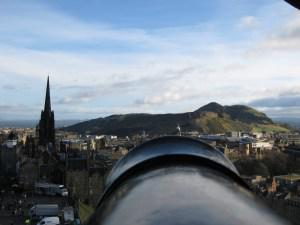
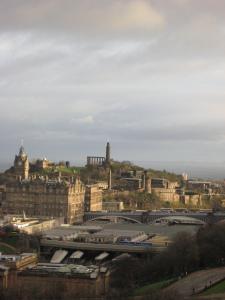
As with most people walking through that famous gatehouse we headed up the cobbled street that leads up to the Lower Ward. Being the history buffs that we clearly are (not) we headed straight for the Argyle Battlements, so that we could look out over the New Town and the northern side of the city. Having thoroughly studied the view (and been asked three times to have our photo taken by the Castle’s photographers – I’d like to think it’s because we’re so good looking and not because they can sell you them at the end) we proceeded down to some of the lower battlements – although not the lower one on the Western side as they were closed off – to look out at the New Town at a slightly different angle.
Having admired how picturesque our city is and how big Inverleith Park is (see its post for more details) we went to have a look at the One O’Clock Gun exhibition, which details how in times of old the city observatory on Carlton Hill signalled the hour at which the gun went off. From here we headed west to the battlements over the national war museum and look out to Costorphine Hill. We almost got blown off for our troubles. The wind had been getting strong since I got up and by this point – exposed on the highest point in the town centre – it was pretty strong; in fact the Castle actually closed early, I later found out, due to the high winds.
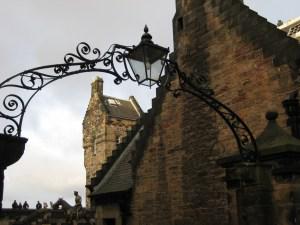
From one museum to another we next went to the regimental museum of the Royal Scots. This infantry regiment served in almost every campaign of the British army for just under 400 years. Their museum also contains their 148 battle honours, from Tangier in 1680 up to the first gulf war in 1991. I think this is one of the most interesting parts of the Castle, with its collection of stories and objects covering hundreds of years and thousands of souls; but also one of the saddest as it was all brought to an end with merging of all the Scottish regiments in 2006. I think the two walls of medals, only a tiny fraction of those that have been awarded, say it all.
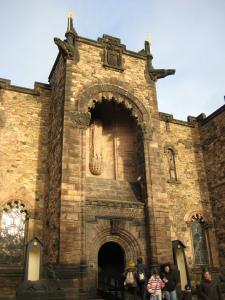
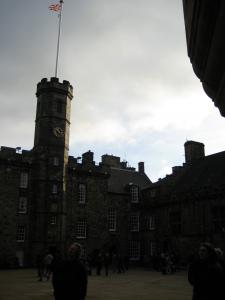
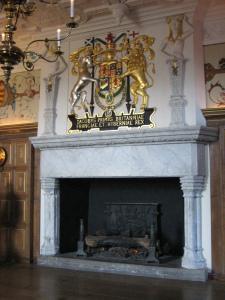
Our final stop before leaving was the One O’Clock Gun. Originally used (in conjunction with the time ball on Carlton Hill) as a time signal for ships in the Firth of Forth and port of Leith the gun has been firing at 1pm six days a week (excluding Good Friday and Christmas Day) since June 1861, interrupted only during the world wars. As with (what seemed like) every other visitor to the Castle we decided to watch this spectacle before taking our leave. Stupid as it sounds – considering that the sound makes people jump down in the New Town and beyond – it was louder than I was expecting, and you can really feel the shock wave pass through you.

With the exception of our fireworks tour I genuinely cannot remember the last time I went to Edinburgh Castle. I went with my parents many times when I was younger, but never at an age were it meant anything more than fighting, explosions and canons. I am glad that I’ve now been and can appreciate it, both for the huge depth of detail in the fantastically well-constructed displays and exhibitions, and for what and who it stands for. Like many countries Britain’s history is a fairly bloody one, but those who have fought for her beliefs, historically to the present day, are forever remembered here. As its tagline suggests Edinburgh Castle is the Defender of the Nation.
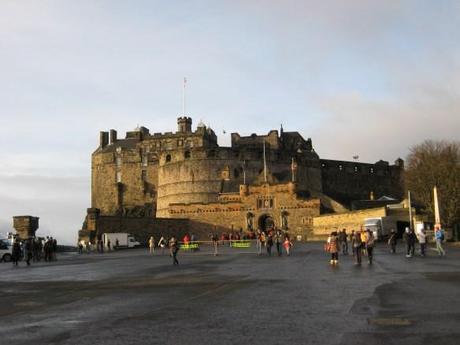
Cr

